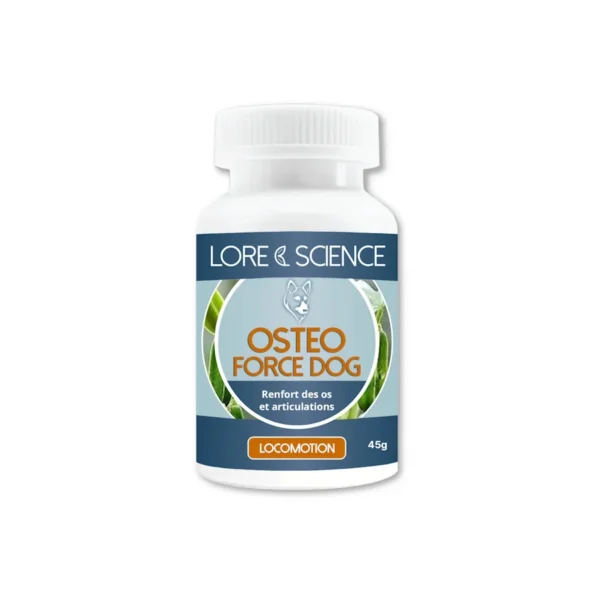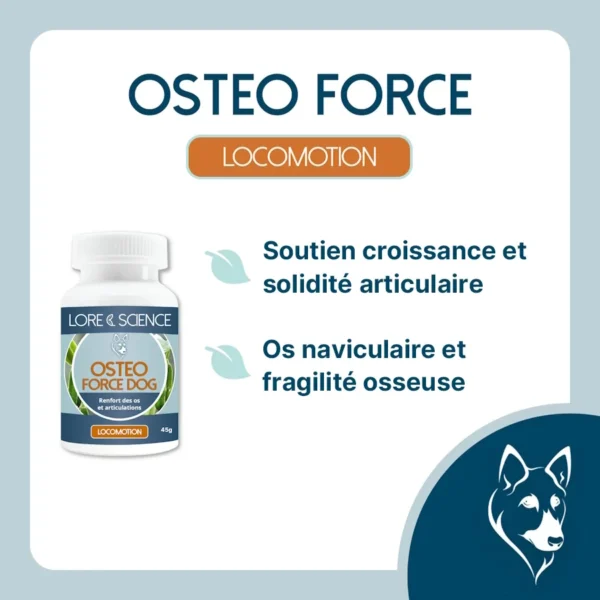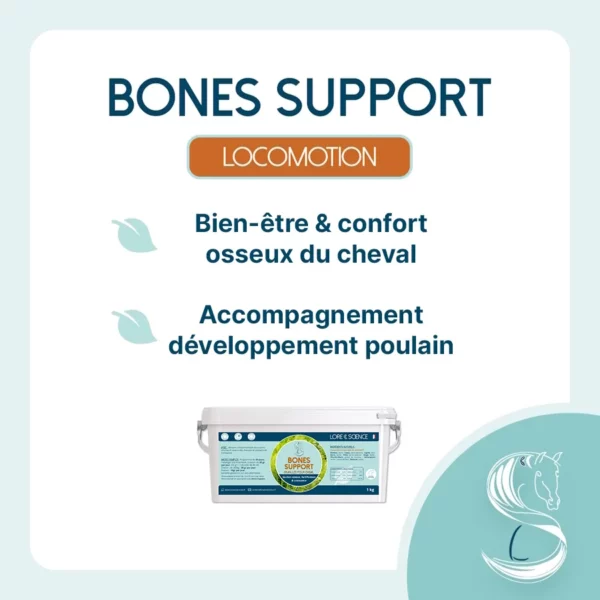Owners of large dogs know and fear it: hip dysplasia is one of the most common and worrying conditions affecting our four-legged friends. It can lead to pain and reduced mobility in our dogs. In this comprehensive article, Lore & Science tells you all about hip dysplasia: its causes, symptoms, prevention methods and treatment options.
Understanding hip dysplasia in dogs
What is hip dysplasia?
Hip dysplasia, also known as coxofemoral dysplasia, is an orthopedic condition that affects the hip joints of dogs. Essentially, it's an abnormal development of the hip, where the head of the femur (the thigh bone) doesn't fit properly into the acetabulum (the hip socket). This maladaptation creates excessive friction, leading to progressive deterioration of the articular cartilage, pain and inflammation.
Causes of hip dysplasia
Several factors contribute to the development of hip dysplasia in dogs. These includeheredity, rapid bone growth, excessive body weight andinadequate diet. Large-breed dogs, such as the German Shepherd, Labrador Retriever and Golden Retriever, are particularly prone to this condition. Heredity plays a key role, as hip dysplasia tends to be passed on from generation to generation.
Symptoms of canine hip dysplasia
Recognizing the signs of hip dysplasia is essential for early intervention. Symptoms vary in severity and can appear as early as five months of age in puppies or later in older dogs. Here are some common signs to look out for:
- Lameness, with a dog that may limp or show stiffness when standing up or walking.
- Reduced and unattractive physical activity
- An unusual posture, with hind legs close together and back arched.
- Difficulty getting up after sleeping or resting.
- Reduced hip mobility
Note that these symptoms may be more pronounced after exercise or in cold weather. Once you've observed any of these signs in your dog, consult your vet immediately for an accurate, personalized diagnosis.
How is hip dysplasia diagnosed in dogs?
Diagnosis of hip dysplasia is usually based on a combination of methods, including physical examination, X-rays and the dog's medical history. X-rays are often the method preferred by veterinarians, as they enable the structure of the hip to be clearly visualized and the degree of dysplasia to be determined. Once diagnosed, hip dysplasia is classified into several stages, ranging from mild to severe, depending on the severity of the condition. This classification will help the veterinarian determine the best treatment plan.
How is hip dysplasia treated?
The management of hip dysplasia in dogs can vary according to the severity of the condition, the dog's age and individual needs. Fortunately, there are treatments available to alleviate the symptoms and improve the general well-being of your faithful companion.
Adapting to everyday life
The first approach is called "conservative". In other words, it will seek to preserve your dog's good healthwhile respecting its condition, to avoid its rapid deterioration. The first step in this direction is often to adapt your dog's diet. Maintaining an optimal body weight is crucial, as excess weight puts extra pressure on the joints. Foods formulated for joints or enriched with omega-3 fatty acids can also be beneficial in reducing inflammation and maintaining healthy cartilage. Natural food supplements are also a valuable aid in the treatment of hip dysplasia. Osteo Force Dog contains recognized active ingredients based on fresh plants, which help to remineralize bone and reduce pain caused by the condition.
On a daily basis,moderate, controlled exercise is essential to maintain the musculature surrounding the hip joint. Low levels of physical activity can lead to muscle atrophy, aggravating the condition. However, avoid excessive physical activity or sudden jumps, as these can aggravate the pain.
Drug and surgical treatments for dysplasia
Steroidal anti-inflammatory drugs (NSAIDs) are commonly used to provide temporary relief. However, their long-term use must be closely monitored to avoid side effects.
For dogs with severe hip dysplasia,OPT is a surgical option to improve hip joint stability. This procedure modifies the structure of the pelvic bone to reduce pain and enable better joint function. OPT is, admittedly, a major surgical procedure. However, it can significantly improve a dog's quality of life.
Finally, in cases where other treatment options are not effective, hip replacement may be considered. This surgical procedure involves replacing the defective hip joint with an artificial prosthesis. Although costly and complex, this procedure can offer significantly improved mobility for dogs suffering from more severe hip dysplasia.
The choice of treatment will of course depend on the stage of hip dysplasia, the dog's age and general physical condition. It is therefore essential to work closely with your veterinarian to develop a suitable treatment plan.
Hip dysplasia is a common orthopedic condition in dogs, but it can be successfully managed with early diagnosis, appropriate treatment and preventive measures. Vigilance on the part of owners and close collaboration with veterinarians are essential if we are to offer our dogs an active and comfortable life, free from pain and reduced mobility. Don't hesitate to consult your vet if you have any concerns about your dog's health, as early action can make all the difference in managing this delicate condition.
Share your experience or questions with us in the comments ↓
















